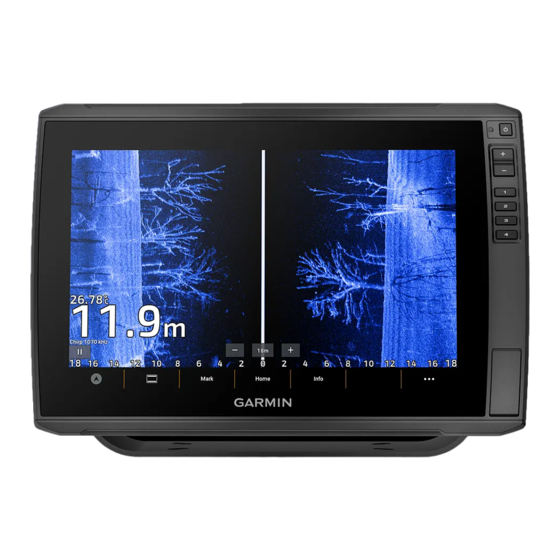
Garmin ECHOMAP ULTRA 2 Owner's Manual
Hide thumbs
Also See for ECHOMAP ULTRA 2:
- Installation instructions manual (15 pages) ,
- Owner's manual (230 pages) ,
- Quick start manual (12 pages)
Table of Contents
Advertisement
Quick Links
Advertisement
Table of Contents
Troubleshooting














Need help?
Do you have a question about the ECHOMAP ULTRA 2 and is the answer not in the manual?
Questions and answers